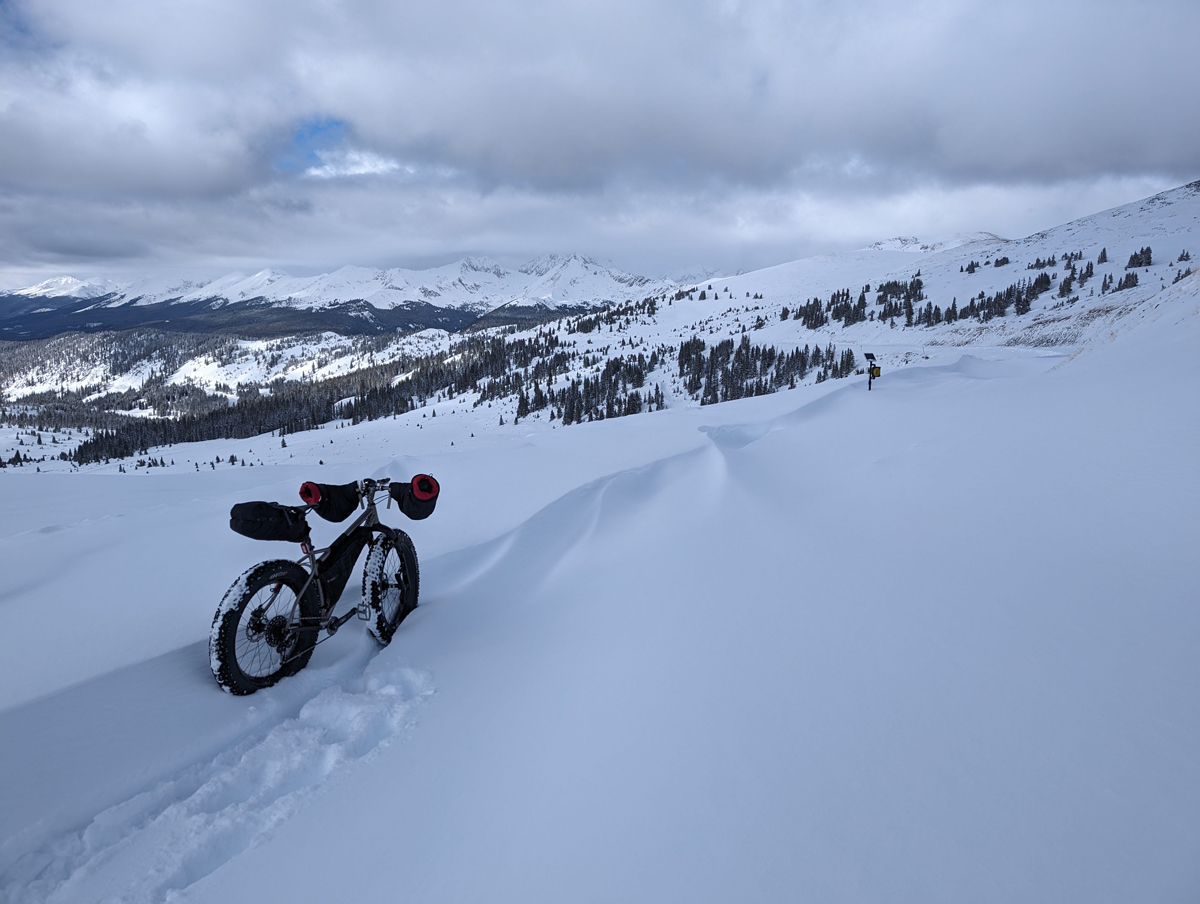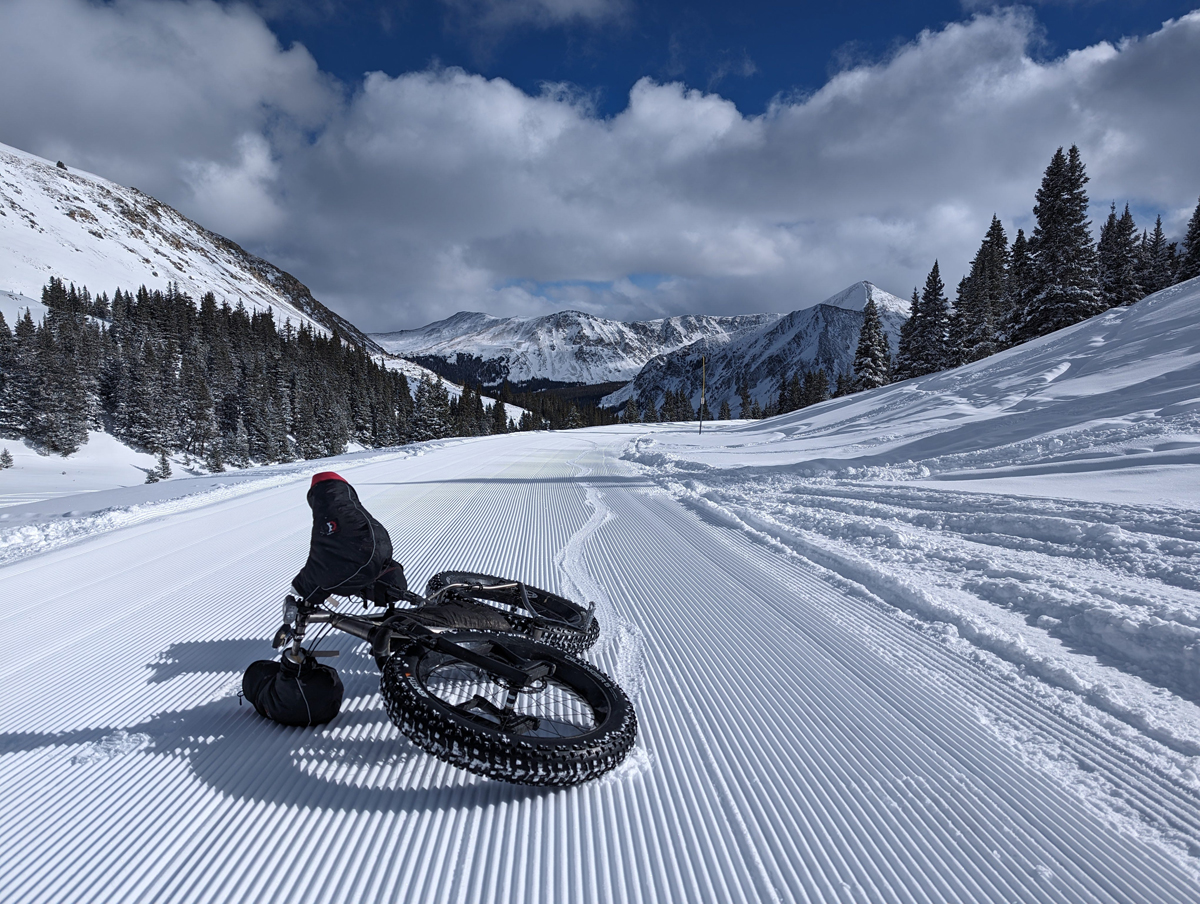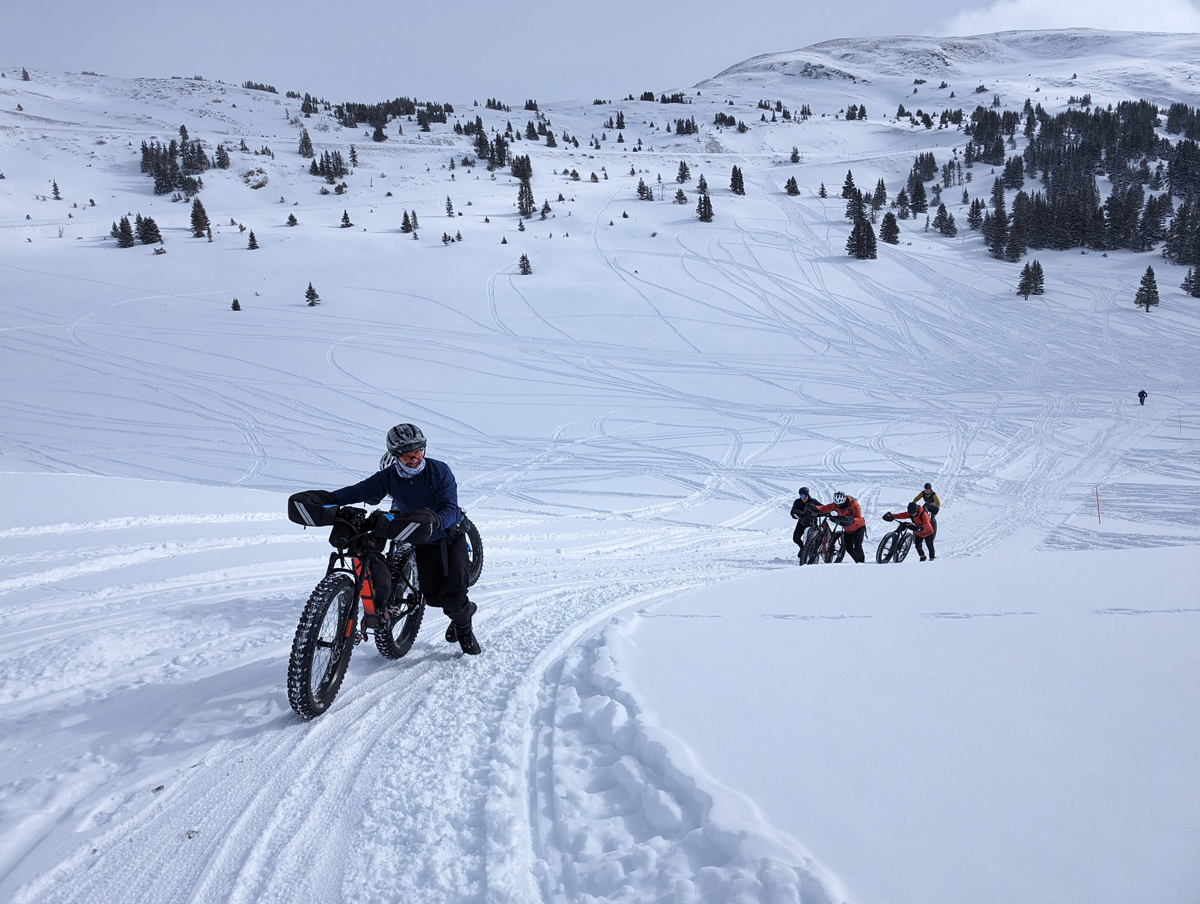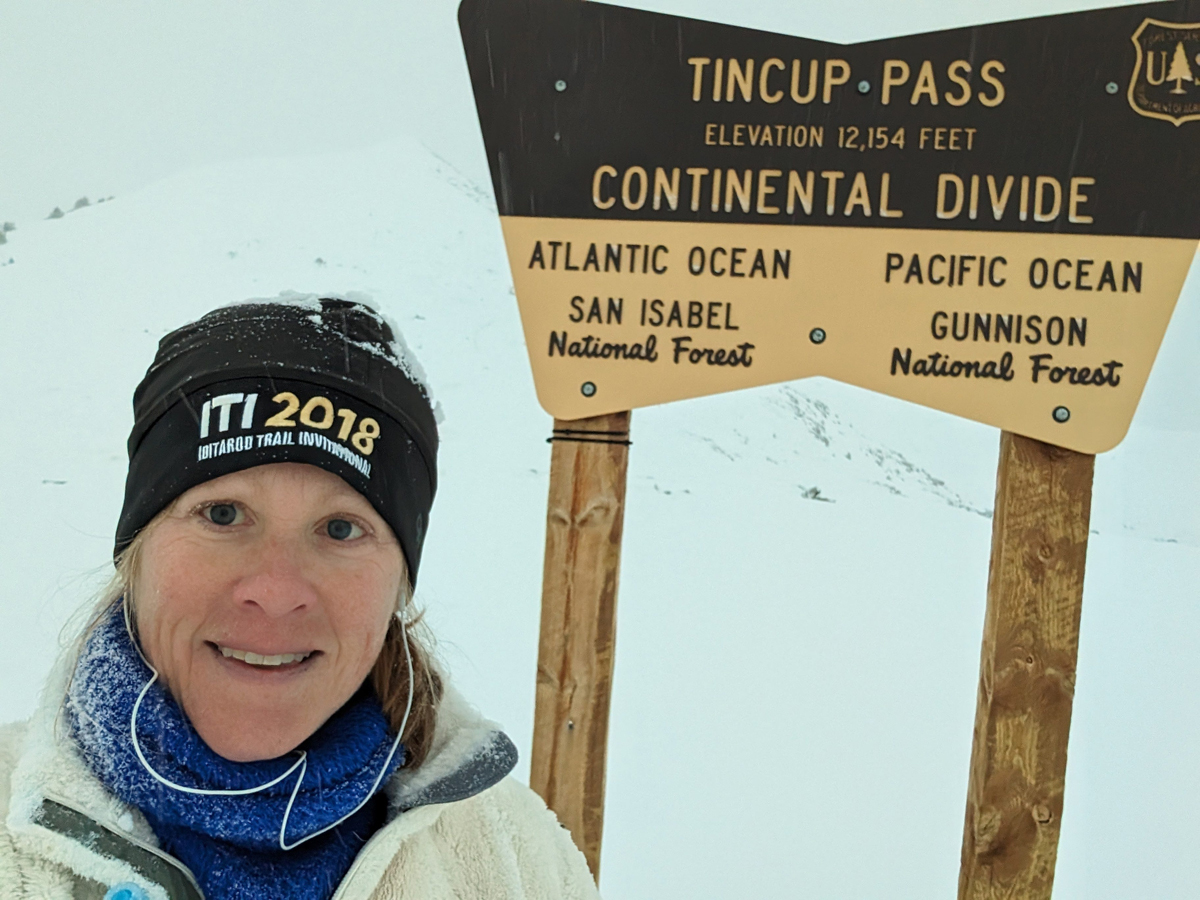By Jill Homer —
Shut up already, illogical inner critic
My sister and I have been discussing personality tests, which can be a useful tool to justify your own bizarre behaviors. The Meyers-Briggs is my favorite; I usually get “INFP-T” which is “Introverted, intuitive, feeling, prospecting, turbulence.” I’m told this means I am passionate and have a vibrant inner life, which helps when you score 100% on the introverted scale. My sister wanted me to take the enneagram test, where I learned I am an “enneagram 6 wing 5.” I read through the description and it mainly told me, “You are a person with high anxiety” … which, okay, fair.
When I was a kid, fifth grade or so, I read about the two personality types — A and B. Type A’s are associated with high achievement, competitiveness, and workaholism, among other characteristics. Since I was … not those things … I was “Type B,” which the women’s magazine article assured me was easy-going and friendly and less likely to die of stress. This is what 10-year-old me wanted to be.
Despite being neither easy-going nor, I’m afraid to confess, effortlessly friendly … I have clung to this descriptor ever since. I didn’t need to fret that I frequently humiliated myself in gym class, because who needs that agro ego trip? I didn’t need to strive for straight-A grades, because easy-going, who cares? As an adult, the fast-lane careers and leadership roles were not for me. I did not need awards or book deals to produce high-quality work. Since I wasn’t chained to ambition and a drive to always move forward, I was free to explore, learn, observe, and grow. I didn’t have to link my life’s trajectory to a single path I chose when I was still a child. I was free to change.
“Type B” was like a protective coat of armor, a safe barrier from the inner critic who still sits on that fifth-grader’s shoulder, telling her she’s not good enough, not strong enough, not deserving of love.
The one, enormous A-shaped chink in this armor is endurance sports. For a person who has linked many of her life choices to not caring about achievement, I sure do get angry and frustrated when I don’t achieve. I thought about this frequently last weekend when I again did not finish the Cottonwood Crusher.

The Cottonwood Crusher is a grassroots, free, 45-mile fat bike “ride” (it’s not even an official race) over Cottonwood Pass and back on groomed snowmobile trails. This winter traverse over the Collegiate Peaks is organized by one of Colorado’s longtime endurance cycling experts, Jeff Kerkove. He first put the event together in January 2021 when COVID lockdowns were still in place and everyone was going through race withdrawals. At the time I had excellent cycling fitness and was excited to see friends who I don’t often see even in the best of times. I made the three-hour drive to Buena Vista in the morning, arriving early for the 8 a.m. start.
I felt strong and was enjoying a relatively fast ride until my shifter broke near the pass. It was the first time in my cycling “career” that a bike mechanical forced me out of an event. The setback made me so angry that I drove home that day and began scheming another challenge, the Old Man Winter Bike Rally.
This 100-kilometer gravel race in Boulder typically has hundreds of participants, but it also went “virtual” in 2021. I dislike big crowds but loved the ridiculousness of the course — half of the distance on ice-coated, muddy gravel roads in north Boulder, with the other half following a big climb up one canyon and frigid descent down another, connected by an absurd two-mile hike-a-bike through deep snow across a washed-out gully that barely qualifies as a trail. I was confident I could finish the course in under five hours, and while that’s hardly a standout result in the field, it would be a fun personal challenge.
After perusing the site, I realized I couldn’t participate on the scheduled weekend, and didn’t want to spend $150 for a self-supported solo ride just to see my name on a list of results. So I didn’t even sign up. I picked a random mid-week morning and packed my bike with water and snacks. I wasn’t even participating in a “virtual” race. There was nothing at stake.
On the planned morning of my ride, I woke up to beautiful sunshine at home — in Boulder’s foothills — and a smog-choked inversion in the lower elevations, where most of the ride took place. The AQI in town was 161 — hazardous to asthmatic individuals such as myself. I didn’t yet have the aversion to air pollution that I have now. This experience cemented my conviction that I cannot exercise outdoors when the AQI is over 150 and will avoid it from now on. But on this day, I went for it.
I rode as hard as I could, coughed up lung mucous for much of the ride, felt like roadkill, and still did not finish in under five hours (5:06.) In the immediate aftermath, I experienced a mental health collapse that still baffles me. But the line is clear. I filled my lungs with smog and inflammation, and filled my mind with oxygen-deprived darkness. It took me nearly two months to climb out of that particular episode of anxiety and depression.
Why did I push myself so hard? I had nothing to gain and so much to lose. I relayed these stories to my therapist when I told her I’d be going back to the Cottonwood Crusher in 2024. My cycling fitness is well below what it was in 2021. My fat bike hadn’t been out once all winter. I had to brush away cobwebs to lube the chain. Although I signed up when Jeff announced the ride in early January, mentally I backpedaled almost immediately. I should be in the peak weeks of training for my 100-mile ultramarathon in March. Exhausting myself in a fat bike ride would be a setback.
But then I thought that no, I was going to go. I need to reclaim the Cottonwood Crusher. In 2021, I had that mechanical. In 2022, I broke my toe and couldn’t go. In 2023, I was mired in another terrible anxiety episode and couldn’t muster the strength to leave my house. I wanted to make this trip for all of those versions of me that had endured too many failures.
“So what are your goals?” the therapist asked.
“Just to have a good ride,” I answered. “To enjoy the camaraderie and scenery. I haven’t done the training so I don’t have any expectations. It’s just for fun.”
Was I lying? I didn’t want this to be a lie. But I think it was.
I made a whole weekend out of it. I drove out to Buena Vista on Friday and spent Friday afternoon riding the first part of the course. I called this strenuous five-hour ride “training.”
“You don’t need to taper for a race that you didn’t train for,” I had told Beat.

I’ve been riding fat bikes since 2007 and winter racing since 2005. I admit these days my relationship with the sport is more “it’s complicated” than “true love.” Winter riding can be thrilling and take me to wild, far-off places. But it also can be tedious and punishing, draining all the muscle power from my legs for speeds that feel unconscionably slow. With a bike, I’m completely at the mercy of weather and trail conditions, not to mention the bike itself. A lot can go wrong with all of these variables. Still, getting back on my fat bike always feels like reuniting with an old friend. We roll across the snowy landscape and share a unique sort of freedom.
Friday afternoon had been warm and the trail had seen a lot of snowmobile traffic. The mountain snowmobiles that are popular in Colorado have long, paddle-like treads. The riders tend to drive as fast as possible, churning up large quantities of snow. As this happens dozens of times over a day, the surface powder is tumbled and polished until it loses its crystalline properties and converts to particles more similar to sand than snow. Imagine a beach, where the sand that is close to the surf is packed, solid, and easy to walk across. The sand far away from the surf is bumpy, deep, soft, and much more difficult to traverse. Unless they are freshly groomed, Colorado snowmobile trails almost always resemble the deep sand beach.
My heart rate quickly shot to 165 and stayed there as long as I was pedaling — even in granny gear, and even and the unconscionably slow speed of 3 mph or less. I pedaled and gasped and threw a foot down when I began to feel dizzy. I let most of the air out of my tires, hoping to improve the floatation. But there’s no floating in deep sand. There’s only sinking and struggling and gasping.
Rest. Catch my breath. Pedal. Gasp. Repeat.

It took me 3.5 hours to climb 7 miles to the summit at 12,126 feet. It was a lovely day, and I thought perhaps this had been enough. I certainly was in no shape for the high-wattage pedaling required to crush the Crusher. I made sure to pack my snowshoes and backpack for a more reasonable plan B, which I decided would be a nice hike to Tincup Pass.
Still, it was silly to make this trip and not at least try. I set my alarm and awoke to two inches of fresh snow on my car. About halfway to the trailhead, I realized I had forgotten my hydration bladder and turned around to retrieve it. I arrived at the start with just five minutes to spare. By the time I used the outhouse and prepared my bike, it was 8:08 a.m. and the field of 20 or so was long gone. The temperature was a crisp five degrees and the trail had been groomed the previous evening, so the surface was smooth and much more solid than it had been on Friday afternoon. My tire pressure was nearly flat, so I had to stop and pump air back into the tires. I felt like such a rookie. As though I wasn’t already going to be at the back of the pack.
Still, it was a lovely morning and I was happy to be pedaling. The effort was so much easier on this groomed surface. I didn’t feel like I was about to choke on stomach bile. I wasn’t even dizzy. The weather forecast called for overcast skies and snow, and yet flecks of sunlight were sparkling on the snow. I felt good. I was going to finish. Finally.
As I neared the final switchbacks, I saw cyclists descending from the pass — the wrong way for the race course. At first, there were only three or four, and I smugly thought, “quitters.” But as the first group neared, I noticed that a half dozen more weren’t far behind. There could only reason that so many people would be quitting the race — the course wasn’t passable. My heart fell.
Sure enough, the leaders told me that the groomer turned around just beyond Cottonwood Pass, and the trail had not been used since more than a foot of snow had fallen the previous weekend. One man continued pushing his bike through the fluff, they told me, because “he’s training for the ITI and needs to practice suffering.” I thought, “I do not need to practice suffering.” But then I thought, “But I am pretty good at suffering and could probably push my bike through 20 miles of fluff.”
“But why? Why?” the rational angel on my shoulder pleaded. “No one cares if you can finish the Cottonwood Crusher. Literally no one.”
“But it would be so badass,” the devil illogical inner critic hissed. “Also, you’re not good enough, strong enough, or worthy of love.”

I listened to the angel and turned around at Cottonwood Pass. Then I had some lunch, repacked my gear, and drove through increasingly heavy snowfall to St. Elmo ghost town. There I strapped on my snowshoes and started hiking toward Tincup Pass. I was stoked that I had time for both the race and Plan B. No matter that my legs were already shredded, the trail toward Tincup was in much worse shape than Cottonwood, and I started hiking after 2:30 p.m.
Like wheels, legs also become mired in deep sand-like snow. I was reduced to a strenuous crawl up the steep trail. My muscles were in pain and I thought, “Well, this is silly. The pass is more than six miles away. I certainly don’t need to hike the entire way.”
The devil said, “Two Continental Divide passes by two modes of travel in one day. That’s pretty badass.”
“Nobody cares,” I replied. “Literally no one. Not even me.”
“Oh yes you do,” the devil hissed.
Neither the devil nor I were surprised when my laden feet continued to slog through bewilderingly flat light. I crossed a blank expanse to make the final climb to 12,000 feet just as the invisible sun was setting. Thick snowflakes swirled through the darkness as I switched on my headlamp and slogged six equally slow miles downhill through bottomless sand.
So I was exhausted, right? Seriously exhausted. And I had planned to come home on Sunday, expecting I’d been crushed by Crusher. But Sunday morning revealed a beautiful bluebird day. Temperatures were still crisp and cold — 12 degrees. And I was feeling vaguely dissatisfied after my failed race, even though it wasn’t race, it was a group ride and everybody failed (although I can’t confirm whether the guy who initially stuck with it finished the distance … I suspect he did not.) I discovered there was another groomed snowmobile trail farther south in the valley at Marshall Pass. Four Continental Divide passes in a weekend? Badass! I texted Beat and told him I wanted to stay one more day.
Despite the cool temperatures and relatively slim snowpack, the route to Marshall Pass was sandier, slower, and more soul-crushing than Cottonwood Pass could ever dream of being. Within a mile, I was seething with anger over this bad idea, over the curse of discovering fat biking in the first place, over the fact that snowmobiles were a thing that existed. (And yes, I realize I am choosing to share these routes and that they wouldn’t be rideable without motorized trail use. Still, snowshoeing pristine snow is more fun than this, and these roads could be lovely winter treks. But again, I realize that pristine low-angle snow is also abundantly available in Colorado, and using this garbage trail was a choice that I made.)
So I’m tired and angry and I turned around … right? Wrong. I was on the verge of quitting, but I’d remind myself it was such a lovely day. Or I’d hit a rare hundred yards where the trail didn’t feel like pedaling through molten lava, and I’d keep going. After five miles (TWO HOURS) I passed a sign that said Marshall Pass was still nine miles away. I nearly started to cry … and instead kept going. Snowmobiles zoomed past in clouds of white powder so thick that the spray hit my face and fell on my arms. The exhaust burned my throat. And still I kept going. Finally, after eight miles (THREE POINT FIVE HOURS), I hit a hidden rut and toppled headlong into the chunder. I cried out using many choice words. The angel fluttered into my blurred field of vision.
“Ok, you are not having fun and this is stupid,” the angel said.
“But Marshall Pass,” I sputtered.
“Is not an achievement and no one cares. Except for you. Because you have this malignant strand in your personality that is aggressively Type A and it’s choking the joy out of this thing you love the most — being free in the Great Outdoors.”
Finally, I listened. But as I descended, the devil assured me that I was bad and weak and unworthy of love.
Monday morning. I needed to drive home, and I had a therapy appointment and work in a few hours. And still, I craved redemption. I just needed to move through the Great Outdoors and have nothing else matter. I set out from downtown Salida and jogged toward the hills, slicked with ice and patches of snow in the 18-degree air. My legs were tired — so tired — but the solid surface felt almost like cheating. I jogged and breathed and smiled, knowing that I had nothing to achieve and that was okay. That meant I was free.








